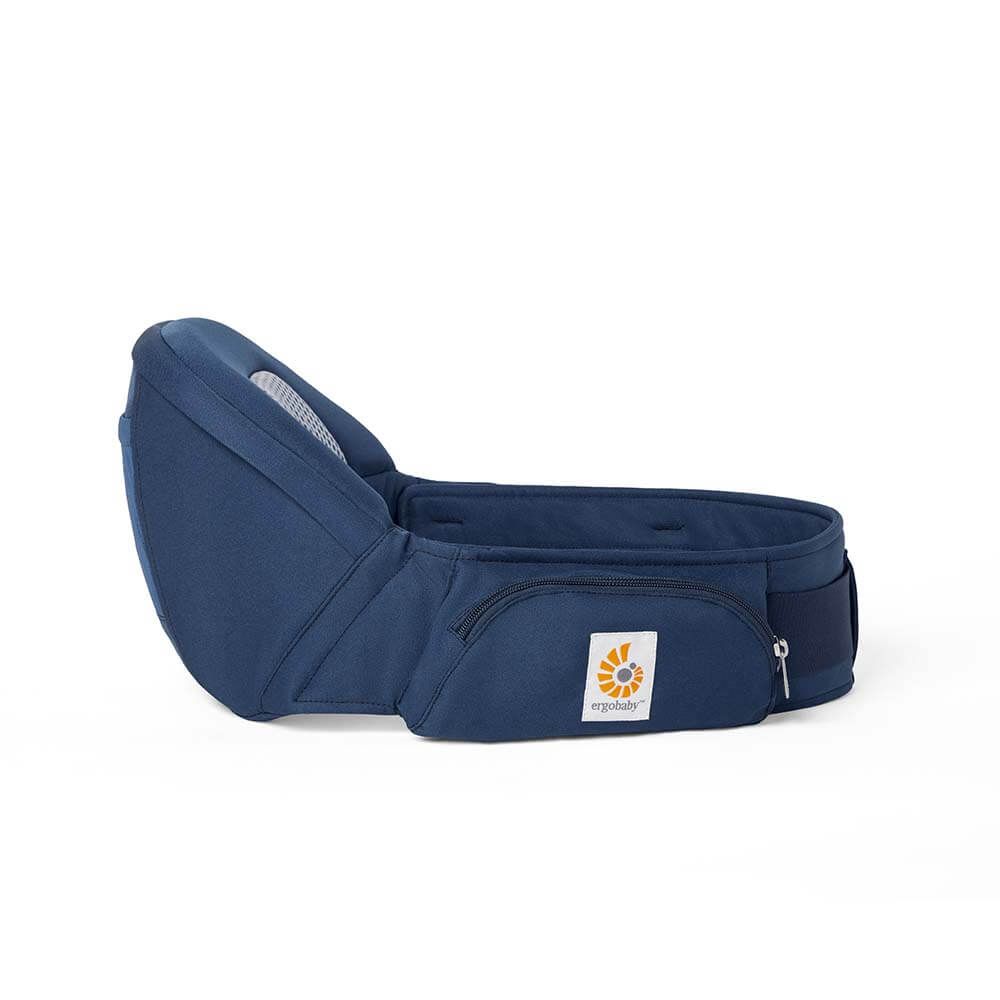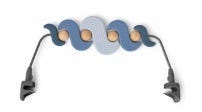Health Professionals
Health Professionals
April 03, 2011
"Are you mother’s little baby?…… Are yooouuu mother’s little baby?…… … Aaaare yooouuuu mother’s liiiiittle baaaaby?……"
A mother is conversing with her little baby. She speaks with a high-pitched voice and her facial expressions are exaggerated, both in duration and in style. The baby is not yet sufficiently developed to respond in words to the mother’s repetitive and enthusiastic question, but somehow the mother perceives the baby to be fully capable of taking part in the conversation and she feels encouraged to go on.
Those of us witnessing the “conversation” notice the joy and sheer fun emanating from the duo. We intuitively sense their mutual love and find it sweet. According to research described in the classic child development book “The First Relationship – Infant and Mother,” by pre-eminent psychologist, Daniel Stern, and according to a host of others, the vital role in baby brain development in these innocent play episodes is confirmed.
These common “conversations” between
Health Professionals
January 04, 2011
Because of the unusually close relationship that exists between a mother and her baby, especially during pregnancy and breast feeding, all efforts to prevent obesity in your baby will have to begin with you, the mother and to a lesser degree with the father as well.
This fact presents both a challenge, but also some unique possibilities to shape your baby's appetite, digestion and metabolism and to lay the foundation for your baby's lifelong healthy lifestyle.
In this article we will take a look at some general lifestyle recommendations, and we will also discuss some less-known measures and approaches that will help you and your baby stay or become lean.
First of all, if there were ever a time where it would be a good idea from a nutritional point of view - to make sure that your food is packed with anti-oxidants and essential fatty acids, the period when you are either pregnant or breastfeeding your baby is that time. And that means lots of fruits and vegetables, nuts, fatty fish,
Health Professionals
December 05, 2010
This report is from the symposium on October 10-12, 2010 at Norte Dame University addressing the "Environment of Evolutionary Adaptedness . The conference was held to address the potential causes of the current epidemic increases in childhood diseases. These are a few of the many diverse presentations that I wish to present:
A 3-month-old baby conducting her mother's singing of a lullaby.
A vast study demonstrating the links between childhood experiences and health in adulthood.
Monkeys with bad genes that turn out fine when receiving good mothering.
Attending this symposium awoke feelings of both deep concerns about how many parents in the so-called developed countries, including the United States, give birth and care for their babies. It also inspired me and strengthened my dedication to the work we are doing at ERGObaby and also the work that we share in common with the Attachment Parenting International Organization.
The symposium brought a difficult
Health Professionals
October 06, 2010
Out of love, parents do so many things with their little baby to help their baby grow up and get ready for life, eventually for life on her own, with all the challenges that adult life will present. They feed, nurture, soothe, stimulate, teach and protect her.
Researchers have long been interested in breaking down the great many different things parents do with their babies to find out which actions or patterns of actions may be most vital to the future resilience, security and healthy independence of the baby. Much work has gone into looking at parental sensitivity and responsiveness to the baby's needs. Recently, scientific focus is turning to the effects of maintaining skin-to-skin contact with one's baby in the formative months.
Providing deliberate skin-to-skin contact has been done with premature babies since the 70's, where parents hold their babies skin-to-skin for several hours a day. This in part substitutes or compliments use of the incubators where the premature babies
Health Professionals
March 25, 2009
The Natural Sitting Position is one which supports the natural rounding of a baby's spine, supporting a forward pelvic tilt and proper development of the hip joints. In the Natural Sitting Position, the baby's legs are bent with his knees level with his bellybutton, and spread apart at about a 45 degree angle. This position, also referred to as the Spread-Squat Position, mimics the natural position for optimal joint and spinal support; hence, the Natural Sitting Position.
Health Professionals
December 10, 2008
Recently, there has become a clear distinction between co-sleeping and what experts now refer to as bed-sharing. In order to decide what is best for your family, it is important to know the difference.
According to Attachment Parenting International (API), the definitions are as follows:
"Co-sleeping refers to sleeping in 'close proximity', which means the child is on a separate sleep surface in the same room as the parents."
"Bed-sharing, also called the 'family bed', describes a sleep arrangement where the family members sleep on the same surface."
Health Professionals
January 26, 2006
When buying a Baby Carrier, consider the Leg Position the carrier provides.
Very often parents who want to carry their child in carrying devices are warned that it may cause spinal damage, especially if they want to start carrying before the child is able to sit unaided. A longitudinal study of the carrying methods of 192 children (Kirkilionis, 1989, 1992,), demonstrated that the daily duration of carrying and the start of carrying showed no relationship between carrying in the upright position and an increase in postural damage.
The study continued to follow the children to the age of 4 (Kirkilionis 1994a). The number of postural abnormalities in the children of the study did not exceed the percentage of such abnormalities in the children at school starting age. This showed that the fear of postural damage is unfounded.
Quite often there were questions regarding back problems for the mothers in the questionnaires. The strain on the back, which increases


















